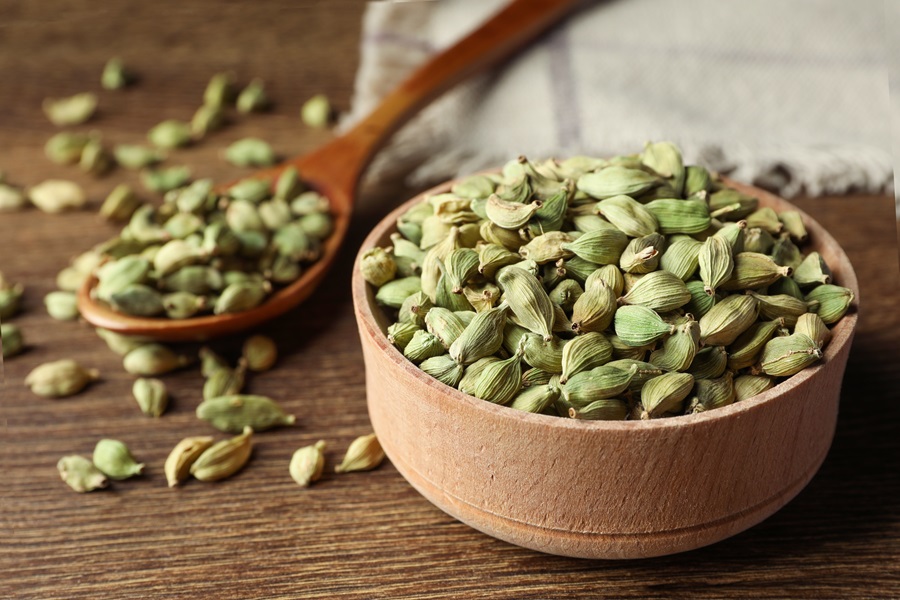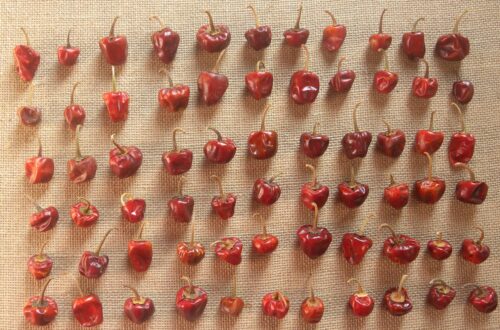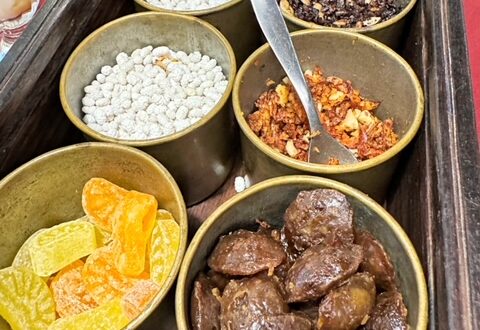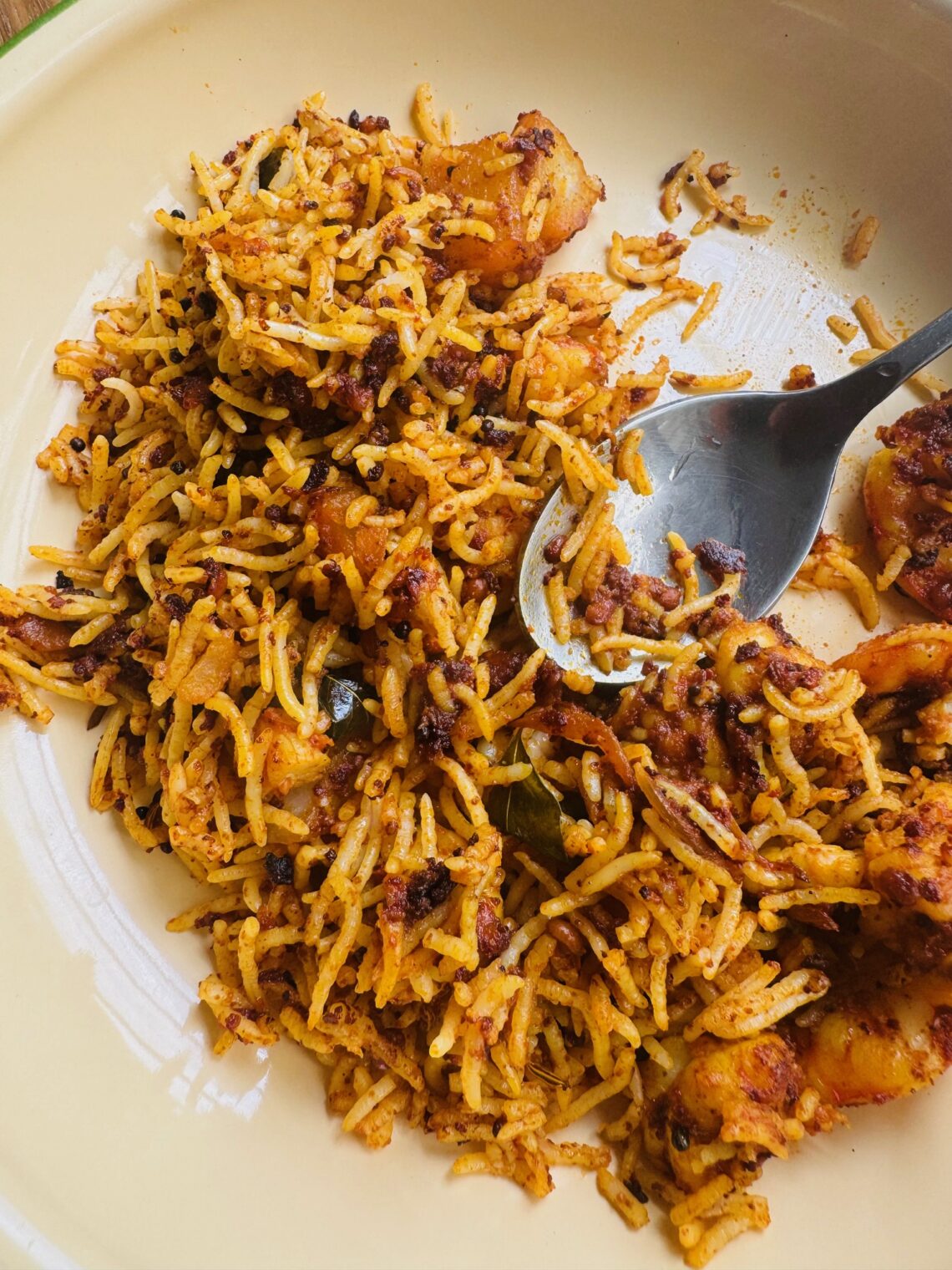-
Fat in Roti Prata?
Continuing my post on Roti Prata, making this beloved dish without any fat is quite challenging! Many of us adore prata but hesitate to indulge due to concerns about the fat used, often topped off with more splashes of fat on the griddle. In the 1960s and 1970s, I witnessed roti prata shops using large cans of Vanaspati ghee. What is Vanaspati ghee, you ask? It’s a hydrogenated vegetable oil commonly used in baking and pastry making. It contributes a lighter, flakier texture to pastries, offering a desirable mouthfeel. Additionally, it boasts a longer shelf life compared to traditional butter, making it favorable for baked goods that need extended storage,…
-
Why Roti Prata Dough is Sweet?
The addition of sugar or sweetened condensed milk introduces a subtle sweetness to the roti prata. This enhances the overall flavor, balancing the savory elements that often accompany the dish. Sugar can promote browning and caramelization during cooking, leading to a more visually appealing and flavorful crust. But then today’s roti pratas are far more sweeter than the ones sold in the 1970s! The addition of sweetened condensed milk adds a slight creaminess to the dough, impacting the final texture and offering a richer mouthfeel.
-
The Roti Prata
Variations in the dough for roti prata now include the addition of ingredients such as eggs, sugar, sweetened condensed milk, custard powder, or margarine, giving the flat, layered bread a unique taste and texture that reflects local preferences. The inclusion of these ingredients has made the dough richer and more appealing to a broader audience.
-
Salted Fish – Time honored delicacy
Heavy rains can disrupt drying, causing spoilage. Fishermen often overcome this challenge by using tarps or shelters to protect the fish from rain, ensuring the drying process continues smoothly. This resilience helps maintain the cultural heritage and economic importance of salted fish in any cuisine. Insufficient drying can lead to moisture retention, creating an environment conducive to the growth of bacteria and mold, which can spoil the fish quickly.
-
Enchanting Cardamoms
When crushed or ground, the seeds release a powerful burst of aromatic compounds that elevate the overall taste of dishes, making green cardamom stand out amongst spices. Its versatility in adding a unique and complex flavor to both sweet and savory dishes.
-
Global Spice – Cardamoms
While India serves as the primary birthplace of cardamom, it journeyed to countries like Guatemala, Sri Lanka, and Tanzania due to trade and cultivation practices. This aromatic spice’s reach extended even to Indonesia, where the “Java cardamom” variety exists. Although distinct from green cardamom, Java cardamom maintains a mild sweetness with floral and citrus notes, enriching Indonesian cuisine.
-
What is Chatti Soru For Me?
The gentle admonishments not to spill food on the floor serves as a reminder of the importance of gratitude, respect for food, and the value of not wasting resources, especially in times of scarcity or poverty. This lesson instills a sense of responsibility and mindfulness in the children, teaching them to appreciate the food they have and to be mindful of their actions.
-
The Crunch of Fryums
In many South Indian households, serving fryums with rice dishes is a traditional practice that has been passed down through generations. Fryums add a crunchy and crispy texture to the meal, providing contrast to the soft and fluffy texture of rice. The seasoning and spices used in fryums also add flavour to the meal.
-
Salt Mines
As you journey along the ECR, you’ll witness sprawling shallow pools filled with seawater gradually transforming into salt crystals. The glistening sight of the sun reflecting off the water is truly mesmerizing. Additionally, mounds of salt covered with canvas can be spotted across the area, symbolizing the productivity and importance of these mines in the region’s economy.
-
Traditional Mouth Freshener
This practice is deeply rooted in Indian culture as a way to mark the end of a meal and provide a refreshing end to the dining experience.




































